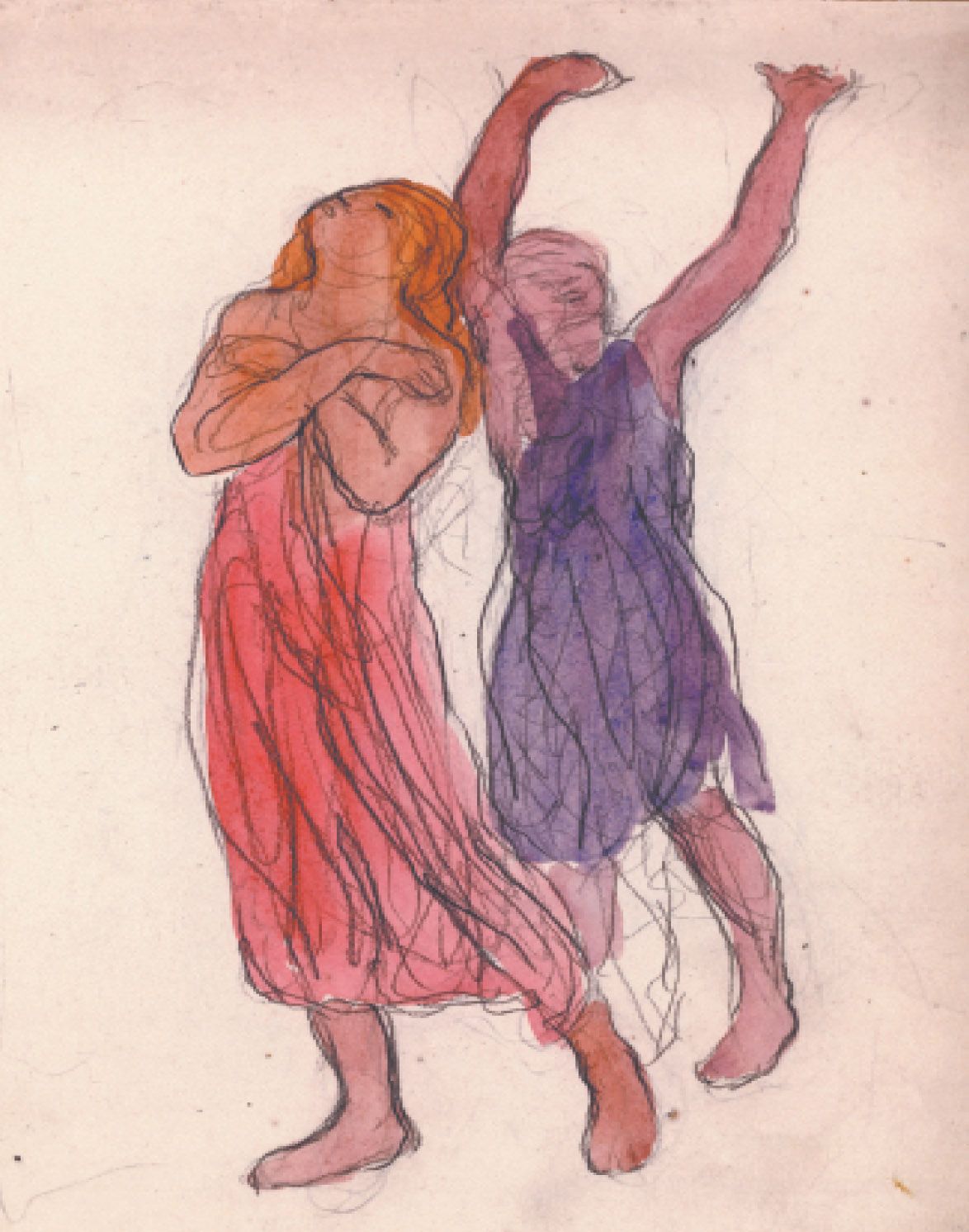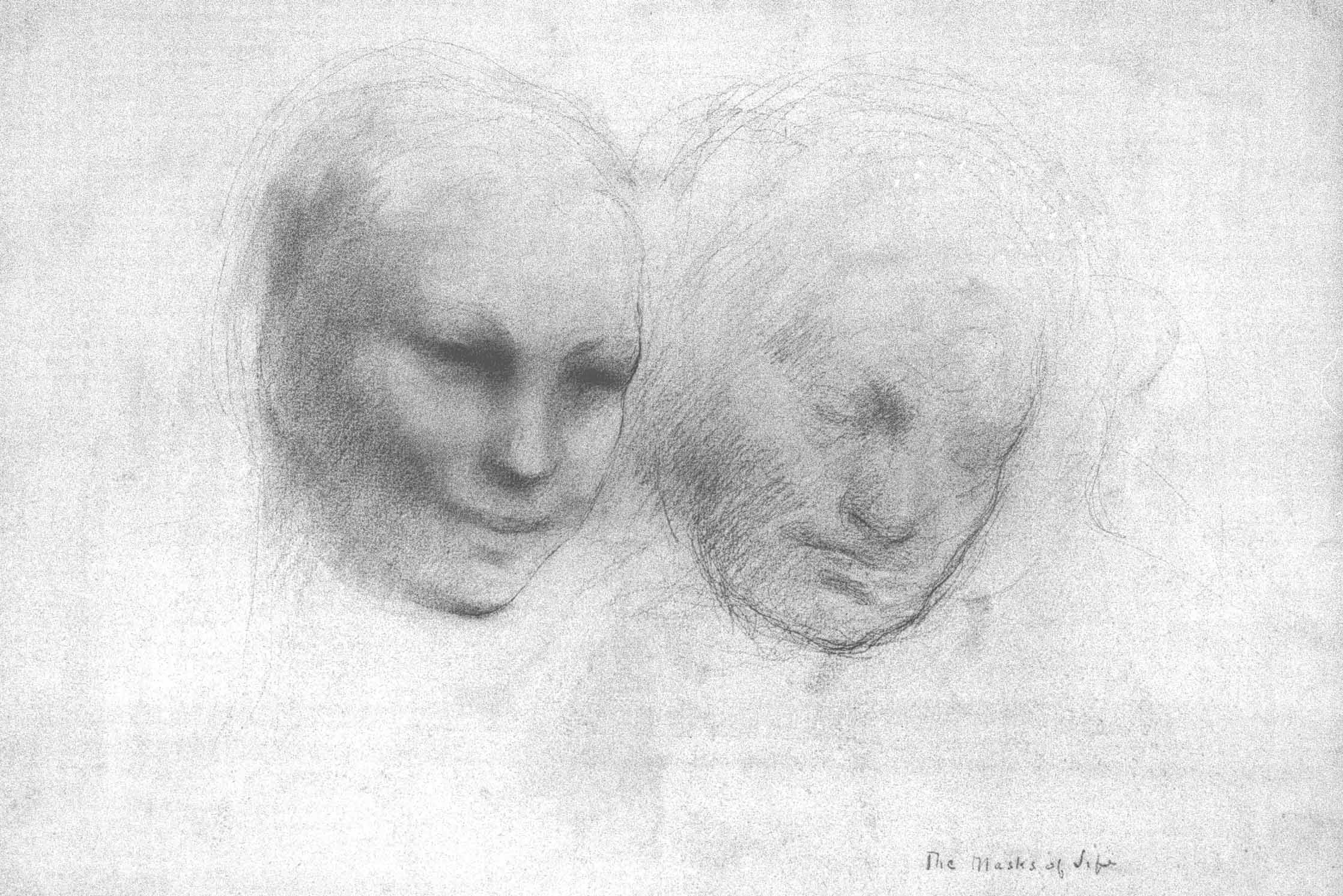Sketching for Creative Endurance
Untitled, by Talal Al-Zeid, Marker on paper, 2022, courtesy of the artist.
is an artist who took the abstract out of Abstract Expressionism and added a little Pop, making works that are identifiable by the boldness of his techniques and the intense sense of mystery in his portraits. The masked women behind a web of monochrome strokes are the most famous of his work, but he has many other series, like the vintage cartoons and portraits combined with drippy and splattered paint, in addition to non-figurative works.

Untitled, by Talal Al-Zeid, Marker on paper, 2022, courtesy of the artist.

Untitled, by Talal Al-Zeid, Marker on paper, 2022, courtesy of the artist.
Growing up, he was influenced by Hip Hop culture and Abstract Expressionism, and inspired by Rothko, Jackson Pollock, and Joyce Pensato. While in school in the late 80s and early 90s, Al-Zeid began buying comics and collecting pop-culture magazines, caring more about the visuals than the stories, using their different characters as guides for sketching.
He continued to make drawings based on his pop culture characters, until today, where he has developed a vocabulary of expressionistic marks, animating them with raw, uncontrollable technique, and transforming them into ambiguous and complex characters in an action-filled gripping works of art.
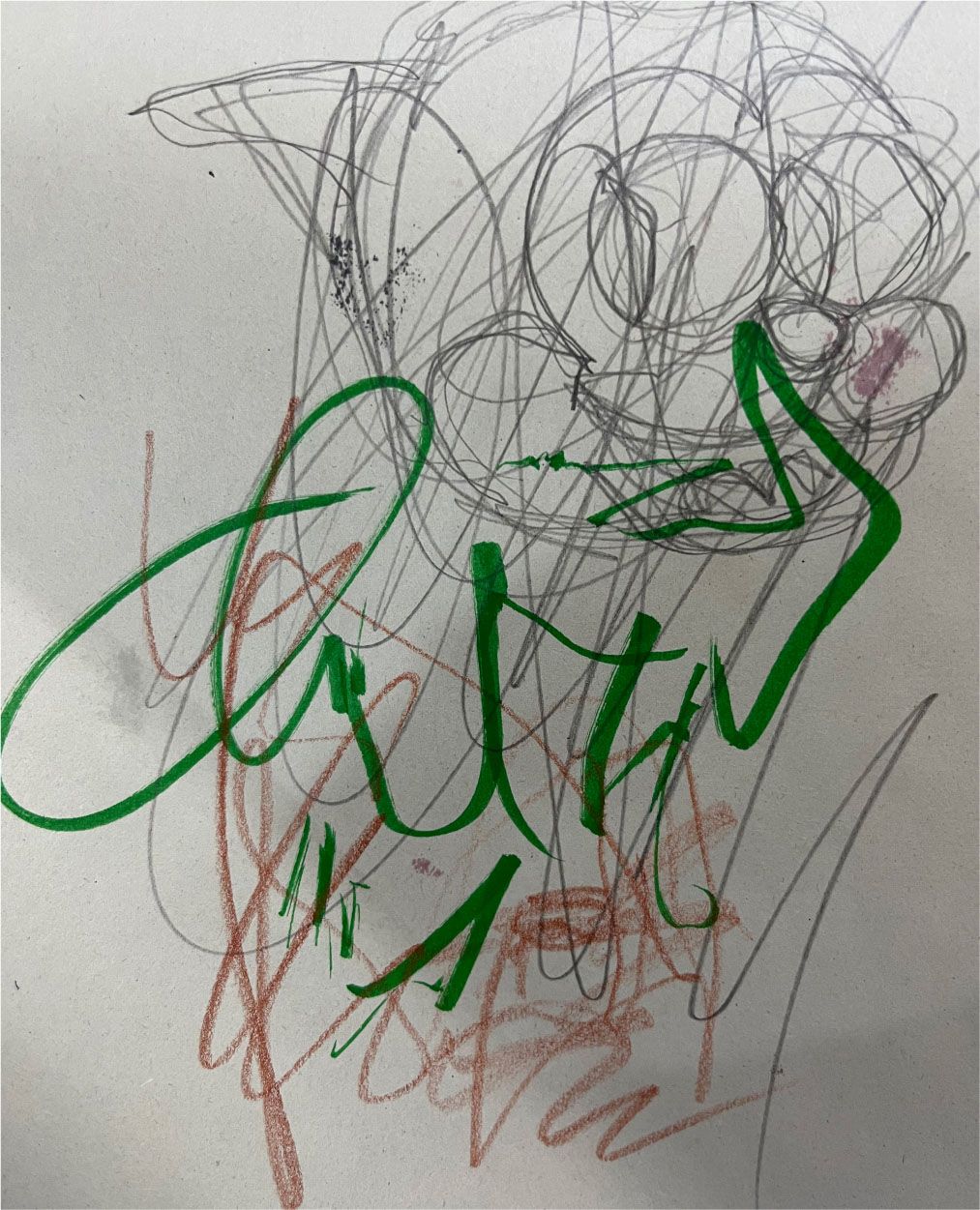
Untitled, by Talal Al-Zeid, Marker and pencil on unbleached paper, 2022, courtesy of the artist.

Untitled, by Talal Al-Zeid, Pencil on paper, 2022, courtesy of the artist.
He presents a style, and that is what he focuses on in his pieces, more than the character. The portrait could be the starting point to the piece, inspired by the surrounding environment, but he focuses more on the technique and he allows it to take control.
When asked about sketching and its purposes in his artistic practice, Al-Zeid expressed how it's a powerful process that always enables him to discover new ideas and opens a way to put his creativity to action. To him these sketches are true treasures, and it is invaluable to keep them as a future reference and as part of the artist’s story. These sketches present the spark of an idea, the thought process, and the different studies done to reach the final composition, and they are an excellent way to monitor the artist’s progress in style and techniques.
Looking at Al-Zeid’s art pieces where his images disappear behind blurred strokes or drips and splashes, they may appear to be made quickly and furiously. But in fact he works relatively slowly, studying, adjusting and revising his compositions until he gets what he wants. He sketches before his paintings, starting with a warmup sketch, then a preliminary sketch that puts in mind the dimensions of the final canvas, deciding where each element goes, and acting as a blueprint for his final pieces.
When he is working on a series, his sketches become more steady and focused. Erasing, tweaking, redistributing the elements on the page, developing the sketch and the colors, to get a feel of the work before moving to the canvas. Al-Zeid considers the eraser a very important tool in his artistic process.

Untitled, by Talal Al-Zeid, charcoal and pastel on paper, 2021, courtesy of the artist.
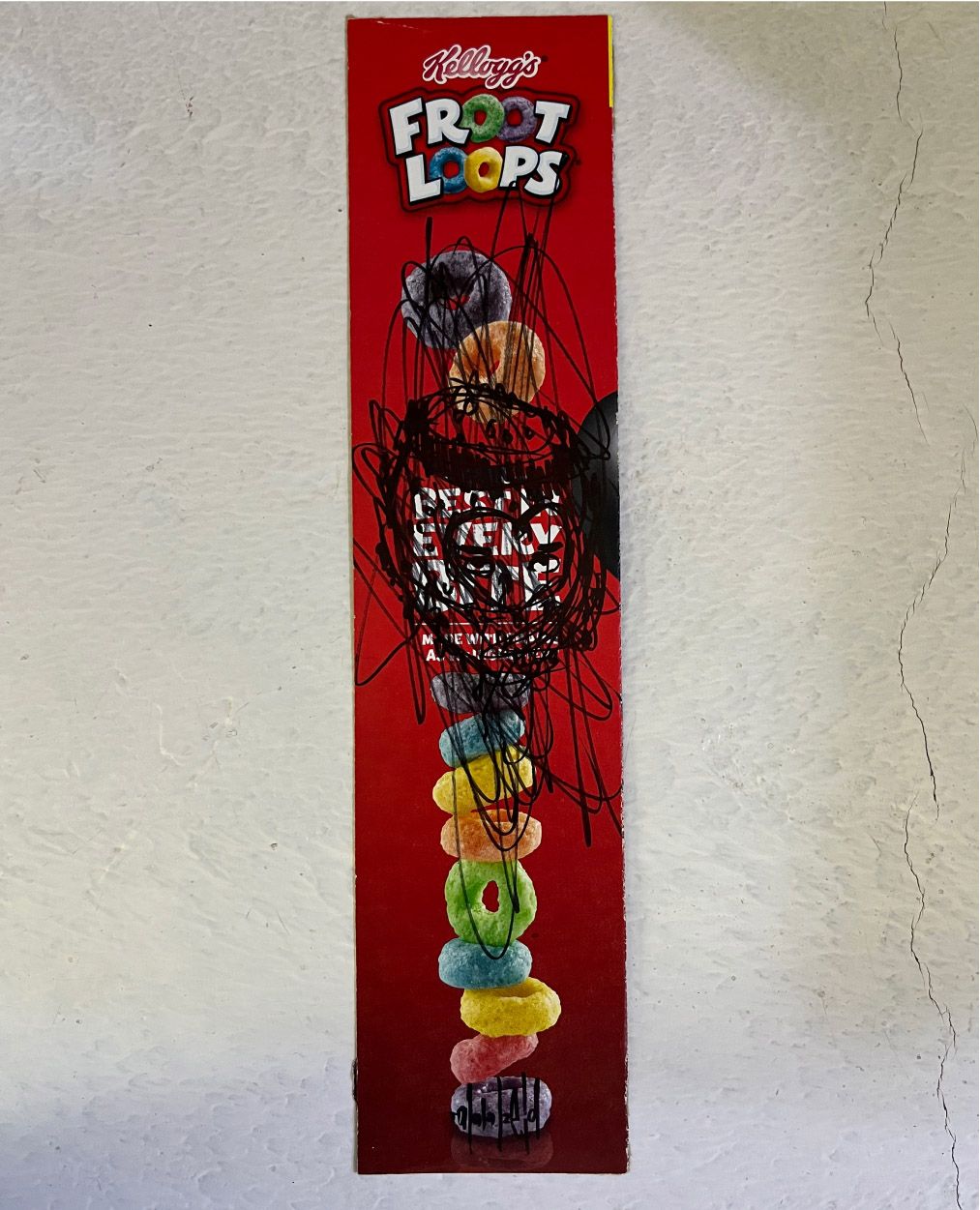
Untitled, by Talal Al-Zeid, Marker on the side of a cereal box, 2020, courtesy of the artist.
Committed to his creative endeavor, he sketches a few minutes every day. He would sketch while surfing the web, on the phone or while watching TV. Al-Zeid sketches on everything he finds, a cereal box, for example, or pulls some scrap paper left behind from a previous project. The texture of the paper could inspire him and the type of pencil or pen would encourage him to experiment with a variety of textures and layering styles, enabling him to find interesting combinations to give his pieces a new depth, or to try different strokes that can become a new staple and enrich his future works. Strokes are an artist’s vocabulary and are as important for fluent drawing as words are for expressing oneself.
Al-Zeid compares art to sports, “Just like an athlete, artists need training.” He doesn’t believe that artists should wait till there is a project or a commissioned work to start producing art or thinking of concepts: “As an artist, you should always be practicing.” It doesn’t matter what the artist creates during his sketching session, the important thing is that he creates something, to keep the creative juices flowing.
Just as an athlete loses endurance without training, an artist’s creative stamina will fade away if he doesn't work at maintaining it. Artists who sketch everyday tend to need less time before they’re ready to create. A warm-up sketch before progressing to the actual work is needed for the best results; it will help to loosen up the artist’s wrist and shoulder and make for much more fluent lines. The best warm-up exercises to prepare your brain are those that are not too difficult or complex. Just like musicians and dancers need to repeat to perfect, artists need to practice their strokes and shapes, by sketching the same thing over and over until they become muscle memory and second nature.
With continuous sketching the artist gets faster, and most importantly, has more control over his hands, eyes and drawing tools and that’ll help him a lot in his more elaborate drawing sessions. The goal is to be able to use them naturally, automatically, without having to stop and think. When sketching artists aim for speed rather than accuracy, It doesn’t matter if the result doesn’t look exactly like the subject or if it’s all distorted.
The roughness is what makes these sketches charming.
-Gaida Al-Mogren is the founder of the popular Cultural Crossroads account on Instagram.
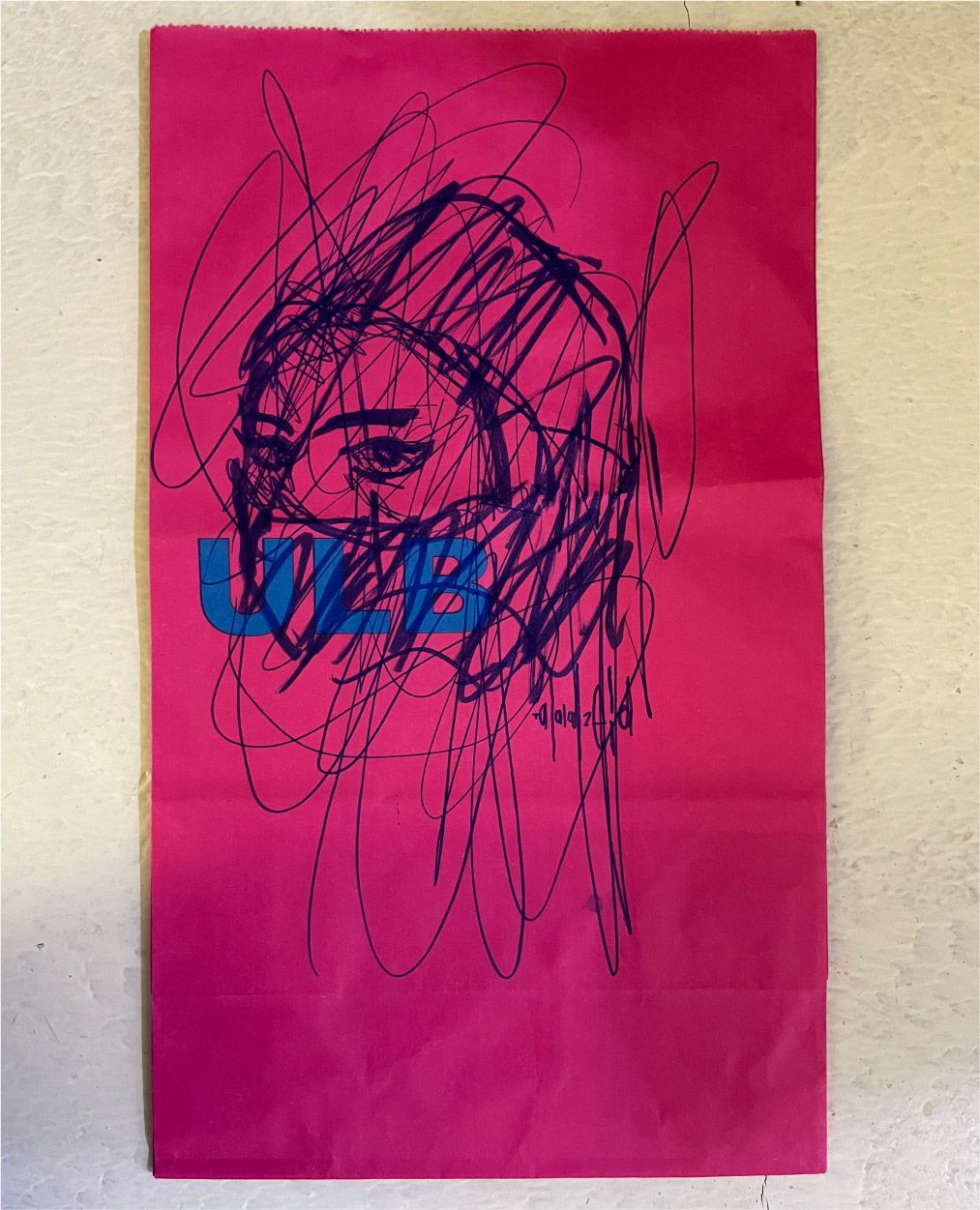
Untitled, by Talal Al-Zeid, Marker of paper bag , 2022, courtesy of the artist

Untitled, by Talal Al-Zeid, Marker on paper, 2022, courtesy of the artist.
